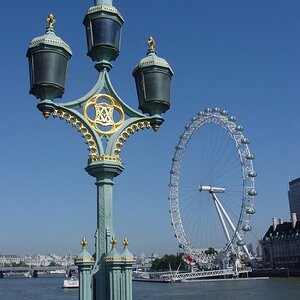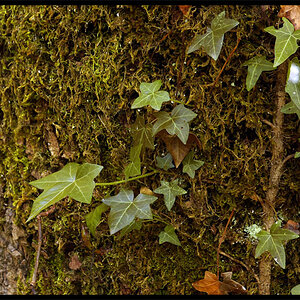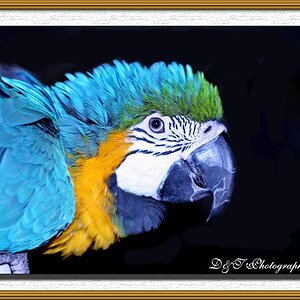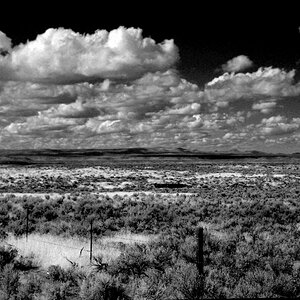mcdaniel52761
TPF Noob!
- Joined
- Jan 14, 2008
- Messages
- 15
- Reaction score
- 0
- Can others edit my Photos
- Photos OK to edit
I was on B&H's website and suddenly had a question that applies to both fast and slow lenses. Why does Nikon make so many different zoom's? For example, I can get a single zoom lens that covers 18-200mm for about $650. Now (and I'm just throwing numbers in here, but you get the idea) Nikon also makes a 18-50, a 70-135, and a 135-210. Why would I want to mess around with not only the added expense of multiple lenses, but also changing them? I could understand it if lens that covers the broader focal length was a slow lens and the ones that cover a smaller spectrum were faster, but they aren't. They do this with lenses that cover the 4.5-5.6 and the ones that are in the 2.8 range. :study:







![[No title]](/data/xfmg/thumbnail/31/31705-3469470a562bc1a3bad361889544af19.jpg?1619734963)






